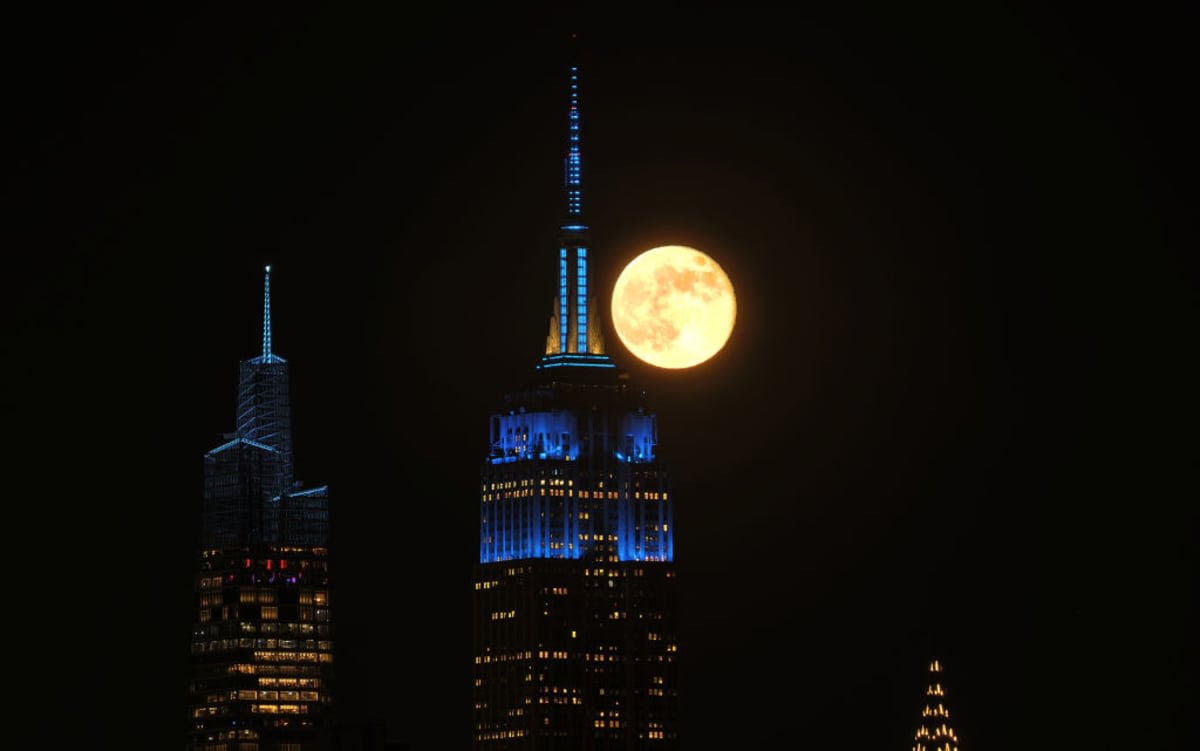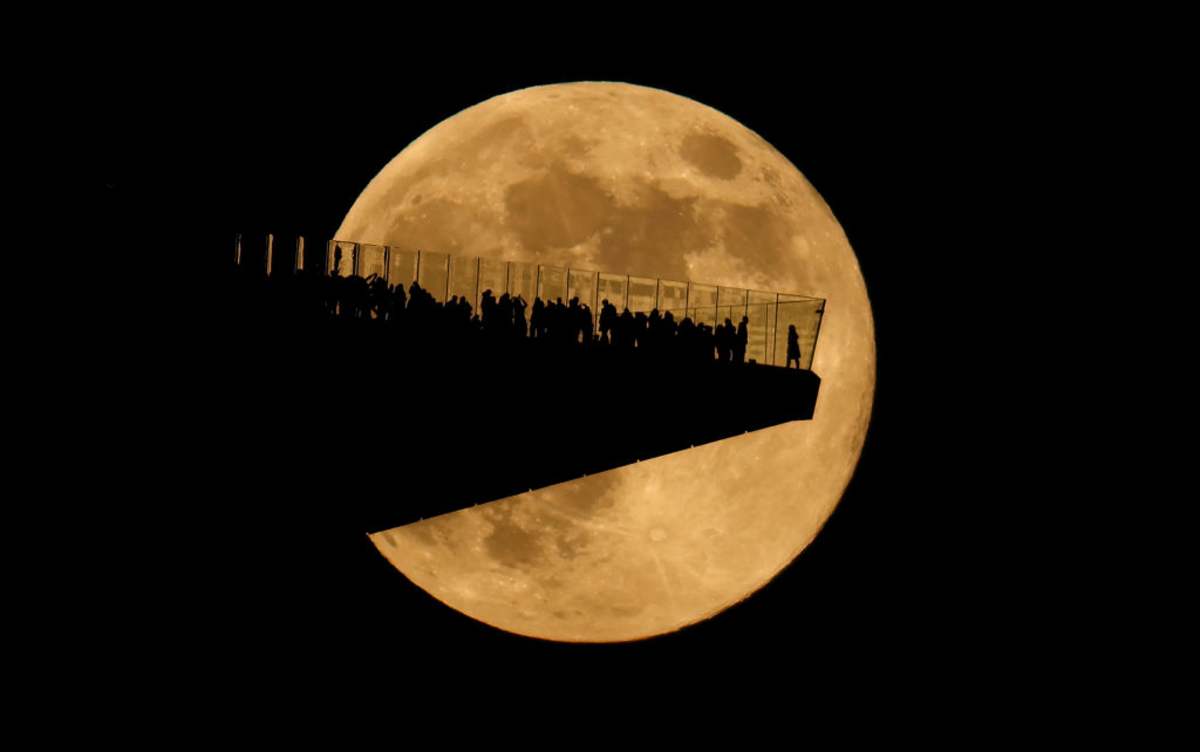November's Beaver moon to be largest, brightest supermoon of 2025—here's when to see it

The most anticipated lunar spectacle of 2025 is set to grace our skies in early November, featuring the Beaver Moon as the year's largest and brightest Supermoon. This event occurs as the Full Moon reaches its closest orbital proximity to Earth. Its peak illumination is scheduled for 8:19 a.m. EST on Wednesday, November 5.

Consequently, the prime viewing opportunities are firmly set for the evenings of Tuesday, November 4, and Wednesday, November 5, 2025. For the most dramatic visual effect, experts recommend watching for the Moon just as it ascends above the eastern horizon at sunset. This alignment exploits the "Moon Illusion," a powerful perceptual trick that makes the rising orb appear substantially larger, potentially lending it an amber hue, even though the actual physical increase in size and brightness over other Full Moons is a modest 7%.
This particular Supermoon is confirmed as the closest of 2025, tracking just 221,817 miles (356,980 kilometers) from our planet. Astronomically termed a perigean Full Moon, the popular term Supermoon remains the accessible descriptor for this close pass. The Moon's orbit around Earth isn't a perfect circle; it's elliptical, as per NASA. This means the distance between the Earth and Moon constantly shifts. The closest point in this orbit is called perigee (averaging about 226,000 miles or 363,300 km), while the farthest point is apogee (about 251,000 miles or 405,500 km).

A Supermoon is the popular designation given when a Full Moon happens to align almost exactly with perigee. Because the Moon's orbital wobble causes these distances to vary slightly, the term is generally applied when the Moon is within 90 percent of its closest possible distance. These dramatic overlaps are infrequent, typically occurring only three to four times annually, and they always happen in consecutive cycles, as perigee and the full phase rarely align during other times of the year.

When compared to the faintest Moon of the year, a Supermoon at its closest point can present an appearance up to 14 percent larger and 30 percent brighter. While this subtle increase in visual size may be difficult for the naked eye to confirm, the enhanced brightness is noticeable. Beyond aesthetics, the Moon's proximity exerts a stronger gravitational pull, leading to a measurable, though usually minor, effect on our planet: higher-than-average tidal activity.
The November Full Moon carries the traditional moniker "Beaver Moon." This name originates from the period when Indigenous peoples noted beavers finalizing winter preparations, their pelts thickest just before retreating to their lodges. Historically, this also coincided with the peak trapping season for beaver pelts during the North American fur trade. Other regional names reflect the season's shift, including the Dakota/Lakota Deer Rutting Moon and the Algonquin Whitefish Moon, while the Cree and Assiniboine named it the Frost Moon and Freezing Moon, respectively, signaling the coming cold. For those who will miss the November display, the celestial lineup concludes with the year's final Supermoon arriving shortly after on Thursday, December 4, 2025 (peaking at 6:14 p.m. ET), per NASA.
More on Starlust
November 2025 skywatching guide: This year's biggest supermoon, Leonids fireballs and more
The famous Leonid meteor shower will peak on November 17—here's how to watch them









